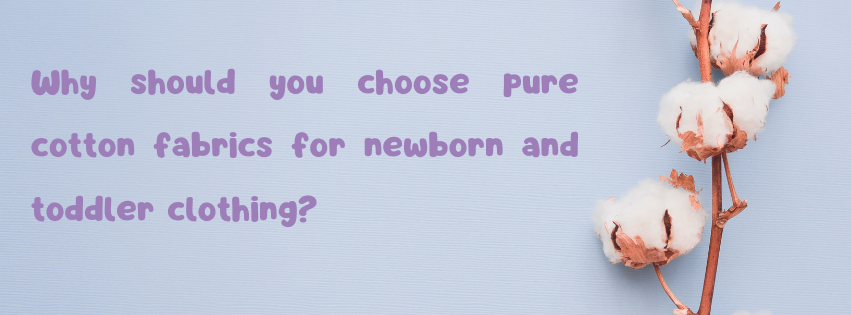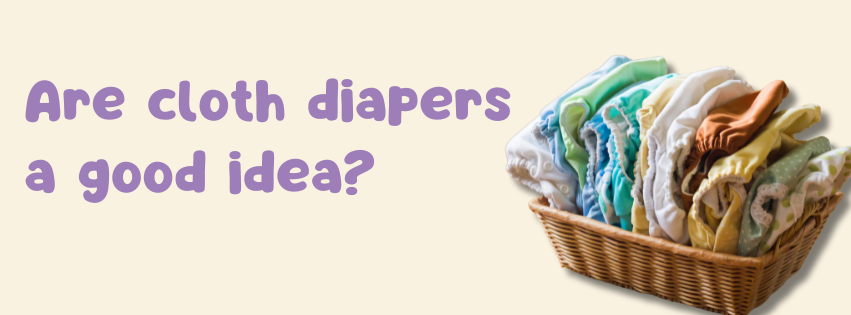Introduction to Economic Parenting
As parents, we’re constantly bombarded with choices that can affect both our wallets and our little ones. From baby food to bedtime routines, every decision counts—especially when it comes to diapering options.
In an age where practicality meets cost-effectiveness, cloth diapers are not just making a trendy comeback; they’re changing how we think about childcare costs. Imagine saving thousands of rupees without much effort.
In this post, we’ll dive into the financial benefits of switching to cloth diapers and uncover how making this simple change can help you save a lot and also provide better comfort and care for your baby.
The cost of disposable diapers and its impact on household budget
Disposable diapers can quickly drain a family's budget. The average parent in India spends around ₹5,000 to ₹6,000 a month on these convenience items, which adds up to nearly ₹72,000 in just the first year.
- Monthly Cost: ₹5,000 to ₹6,000
- Yearly Cost: ₹60,000 to ₹72,000
This significant expense often forces families to rethink their spending habits. It’s not just about diapers; it's about reallocating funds that could go toward savings or essential family needs.
Many parents may not realize that this financial burden continues throughout the diapering years. With children typically using diapers for two to three years, costs can skyrocket into lakhs of rupees.
Benefits of Using Cloth Diapers
Cost Savings: Cloth diapers can lead to significant savings for families. The initial investment might seem high, but it's a one-time cost compared to the continuous expense of disposable diapers. Over time, this choice proves to be economical. Unlike disposable diapers, which need to be purchased regularly, cloth diapers can be reused. Once you have a sufficient number, the recurring costs drop dramatically. This long-term saving is beneficial for families looking to manage their budget better.
Reusability: Cloth diapers are designed for multiple uses. They can be used for multiple children, making them an economical option that reduces costs significantly. One set of cloth diapers can last through multiple diapering years and can be passed on to younger siblings or even other families. This reusability means fewer purchases and more savings.
Health Benefits: Cloth options are typically made from soft and breathable materials like muslin, cotton, and interlock. These materials are best for a baby's sensitive skin, providing a comfortable and safe experience. They are free from harmful chemicals found in disposables and help reduce diaper rash risks. Unlike disposable diapers, which may contain chemicals like chlorine, dioxins, and sodium polyacrylate, cloth diapers provide a chemical-free alternative. The breathable nature of cloth materials helps keep the baby’s skin dry and reduces the chances of diaper rash, ensuring a healthier diapering option for your baby.
Initial Investment: Comparison of One-Time Cost vs. Continuous Cost
When diving into the world of cloth diapers, the initial investment can seem daunting. A full set often requires a larger sum upfront compared to buying disposable packs regularly. However, let's break it down:
- Cloth Diapers: ₹300 to ₹1,500 each depending on style and brand
- Required Sets: 20-24 for optimal use
Think about it: while disposables cost you consistently month after month, investing in cloth diapers is more like purchasing a one-time ticket to savings. Once you have your stash, you're set for years.
Imagine how much money you'd save over time as your baby grows out of their current size but not out of their cloth collection!
Factors to Consider When Choosing a Cloth Diaper
- Absorbency: Different diapers have varying levels of absorbency. Consider how often you want to change diapers and choose accordingly.
- Sizing: Ensure the diapers fit your baby well to prevent leaks. Many cloth diapers come with adjustable snaps to grow with your baby.
- Material: Look for diapers made from natural fibers like muslin, cotton, and interlock for better comfort and breathability.
For a wide range of reusable and washable baby cloth diapers, check out Tinycare.
FAQs
Can cloth diapers really save money in the long run?
Yes, cloth diapers can save a significant amount of money compared to disposables. The initial investment is higher, but the cost per use is much lower over time.
Are cloth diapers suitable for newborns?
Yes, there are cloth diapers specifically designed for newborns. They are smaller in size and fit snugly to prevent leaks.
How do I wash cloth diapers?
Cloth diapers can be washed in a regular washing machine. Use a mild detergent and avoid fabric softeners. It's recommended to do a pre-rinse, followed by a hot wash, and then an extra rinse cycle.
Do cloth diapers cause diaper rash?
Cloth diapers are less likely to cause diaper rash because they are made from breathable materials that keep the baby’s skin dry. However, regular changing is important to avoid moisture buildup.
Are cloth diapers environmentally friendly?
Yes, cloth diapers are environmentally friendly because they are reusable and reduce the amount of waste in landfills. They also have a smaller carbon footprint compared to disposables.
Can I use cloth diapers at night?
Yes, there are specific cloth diapers designed for overnight use. They have higher absorbency to keep your baby dry through the night.
Conclusion
While disposable diapers offer convenience, the financial burden they impose on families is substantial. By exploring alternatives like cloth diapers and being mindful of spending, parents can better manage their budgets and ensure their child's well-being.
Not only do cloth diapers provide economic benefits, but they also offer superior comfort and are financially better in the long run.





